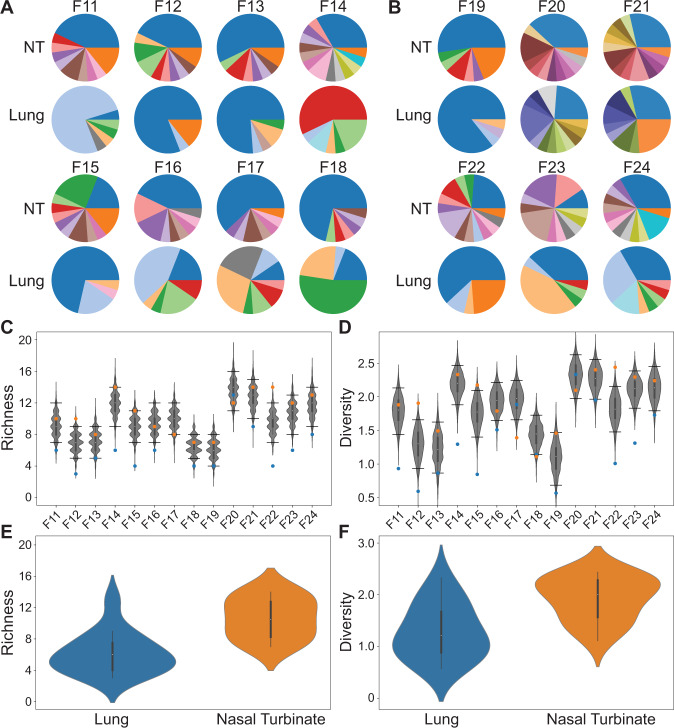Fig. 2. Viral diversity generated through reassortment is greater in the ferret nasal turbinates than in the lungs.
Pie charts show frequencies of unique genotypes detected in the nasal turbinates (NT) and lung of ferrets inoculated with 1 × 102 FID50 (A) or 1 × 105 FID50 (B). Ferrets shown were analyzed at the following times post-infection: Day 1 (F11, 12, 19, 20), Day 2 (F13, 14, 21, 22), Day 3 (F15, 16, 23), and Day 4 (F17, 18, 24). Blue and orange sections of the pie charts represent VAR and WT parental genotypes, respectively. Richness (C) and diversity (D) are plotted, with observed results (colored points) overlaid on the distribution of simulated data (gray violins) (n = 1000 simulations per ferret). Horizontal lines denote the 95th and 5th percentiles. The distribution of richness (E) and diversity (F) in NT and lungs of all individuals are shown with violin plots (Lung n = 14; Nasal turbinates n = 14). Data are presented as violin plots featuring a box plot. Data are presented as violin plots featuring a box plot. The bounds of the box show the interquartile range and the center of the box shows the 50th percentile. The median is shown by the white dot. Whiskers indicate 1.5 times the interquartile range and contain of the data for a normal distribution. The bounds of the violin plots indicate the minima and maxima of the entire dataset. Differences between NT and lungs were significant by both measures (p < 0.01, two-sided paired t test).

